Early Lumberjacks, Local Dark Matter & Heart Repair
In this NewsFlash, we explore evidence for the earliest lumberjacks, discover the dark matter lurking in our location, and find out how a nano-scaffold can help repair a broken heart. Plus, an electrical trick to stop a seizure in its tracks...
In this episode
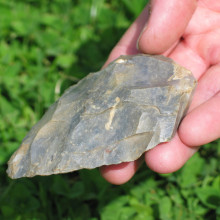
00:23 - The First Lumberjacks
The First Lumberjacks
Scientists at Tel Aviv University have discovered and analysed some remarkable stone age tools that they say are the first evidence of humans felling trees to clear agricultural land, and to use wood as a building material.
At a Neolithinc site called the Motza, which is close to Jerusalem, Ran Barkai and his colleagues found flint tools among many other fascinating remnants of a settlement that dates to about 8600BC.
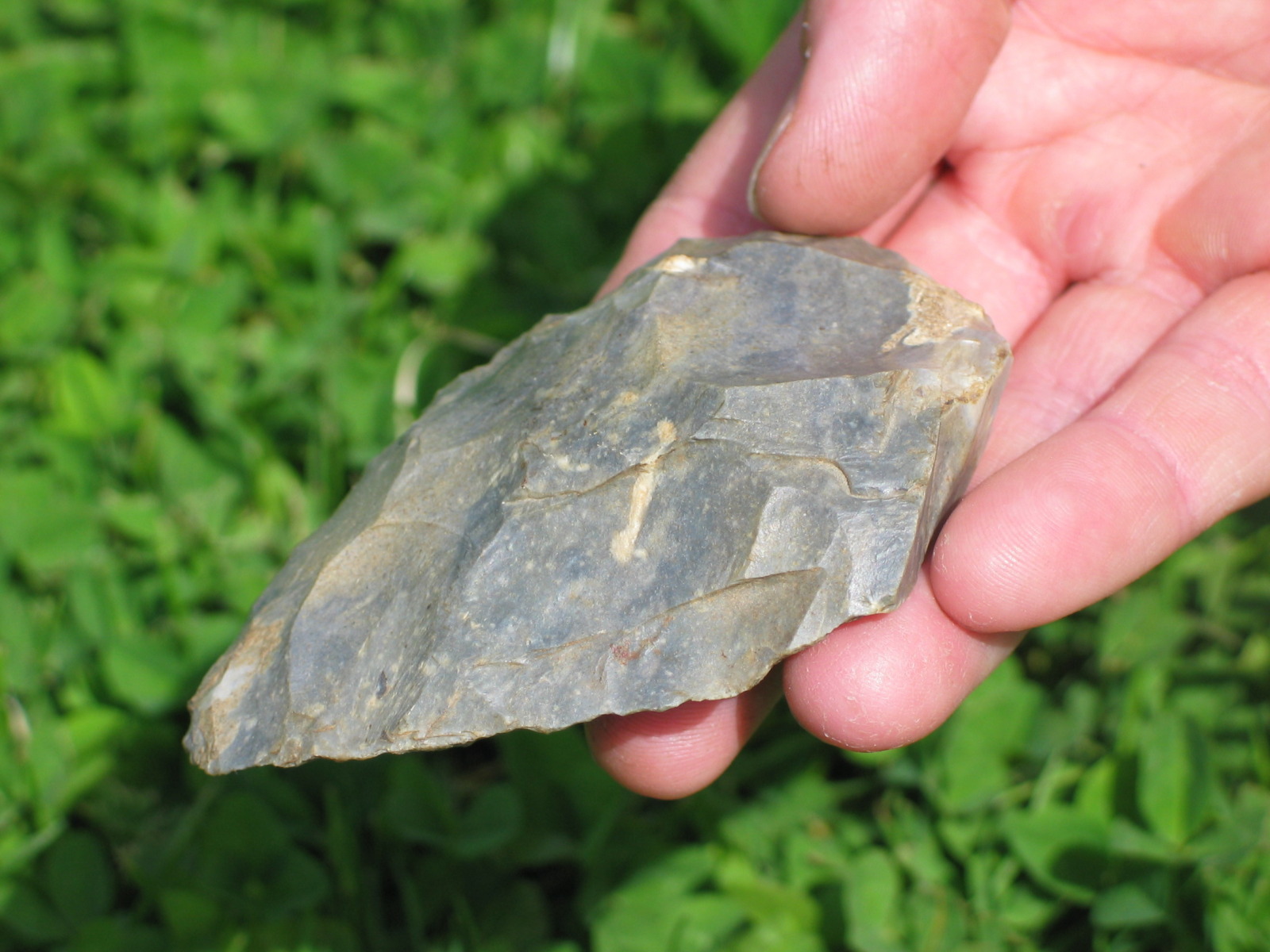 It was already known that the stone age heralded a revolution in the way humans lived - people began to farm, create settlements and to make these stone tools. But this new analysis has revealed exactly how their tool-making evolved and how it affected the way people lived.
It was already known that the stone age heralded a revolution in the way humans lived - people began to farm, create settlements and to make these stone tools. But this new analysis has revealed exactly how their tool-making evolved and how it affected the way people lived.
Dr Barkai and his team used a technique called "microwear analysis", scrutinising the wear and tear to the tools to see exactly how they were used.
The scientist explained that, during the early Neolithic period, people developed new type of axe that could effectively fell trees. This, he said, "is the very first appearance of such tool in our history".
The findings appear to confirm that during the first phase of the Neolithic, villagers added heavy-duty axes to a toolkit they had previously used for carpentry. They began to clear forests for fields and grazing lands.
"Sustainable forest management", the team says, continued for the duration of the stone age.
Dr Barkai said this was evidence of Neolithic man being the "very first lumberjack".
The ability to fell trees and really use the forests is also coincident with the emergence of more permanent human settlements and even a change in the types of houses that people built.
"The appearance of this heavy and very efficient axe corresponds very well with the actual transition to agriculture and the shift from round to square architecture," Dr Barkai told me.
"And this is no coincidence, since human needs have changed dramatically at this time, and are still changing."
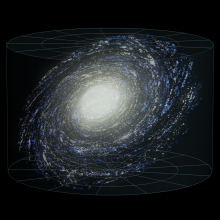
03:18 - Dark matter close to home
Dark matter close to home
Dark matter is a mysterious material that produces no visible light of its own, but which astronomers need to explain the tremendous speeds with which galaxies rotate.
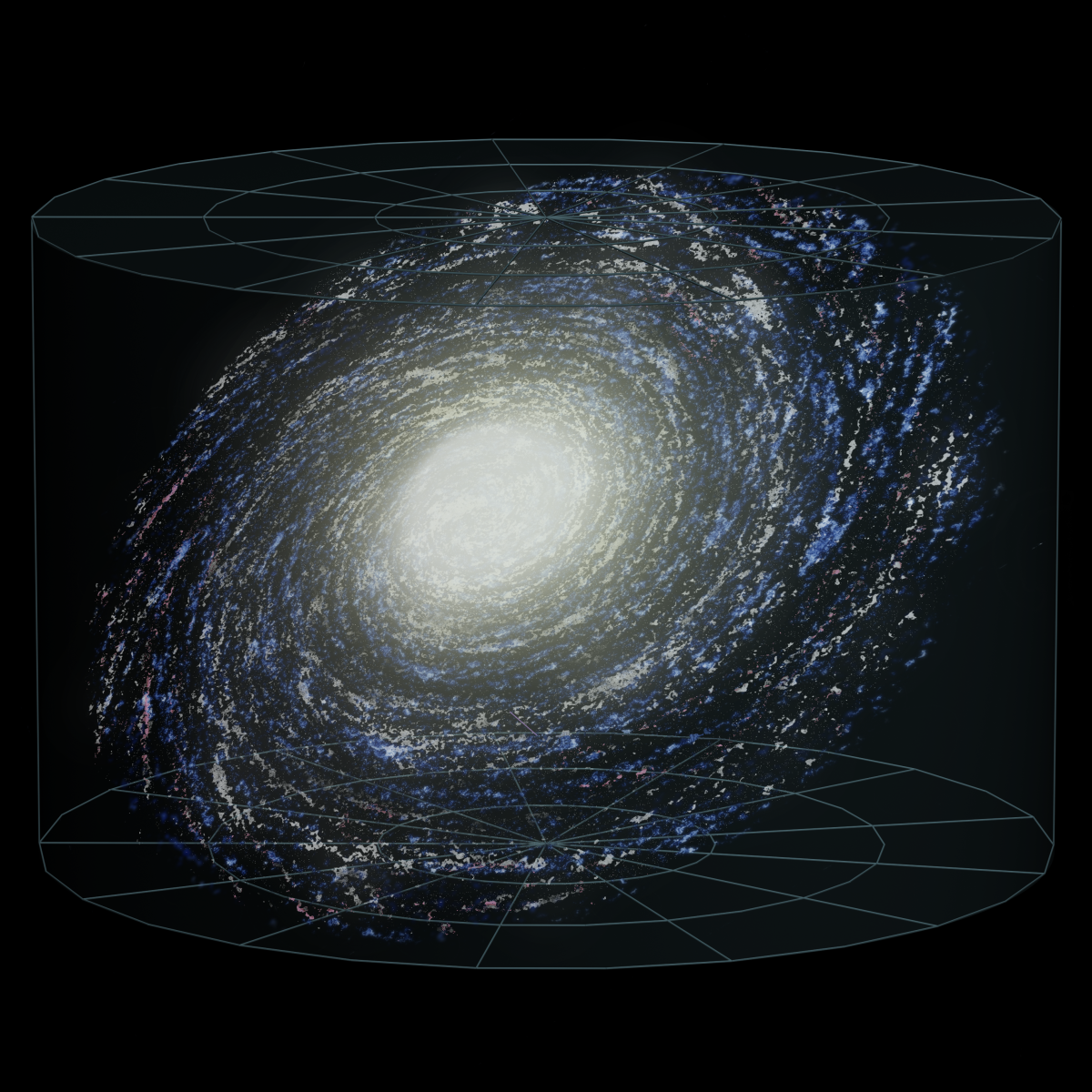 The problem is that galaxies rotate so fast that they would be pulled apart by centrifugal forces unless there was a strong inward gravitational force holding them together. The total mass of all of the stars in a typical galaxy is not enough, and so it is inferred that 90% of their mass must be in a dark form that we cannot see: dark matter.
The problem is that galaxies rotate so fast that they would be pulled apart by centrifugal forces unless there was a strong inward gravitational force holding them together. The total mass of all of the stars in a typical galaxy is not enough, and so it is inferred that 90% of their mass must be in a dark form that we cannot see: dark matter.
But how much dark matter is there in our own solar system, and could we detect it? We think there's actually very little, because dark matter is smoothly distributed throughout the galaxy, whereas planetary systems like our own are tiny condensations of matter -- a few lighthours across -- as compared to the vast distances of lightyears that separate neighbouring stars.
Whereas visible matter has collapsed down into stars and planetary systems, dark matter cannot do this as it involves losing gravitational energy -- by dissipating it as emitting light.
However, new calculations by Silvia Garbari of the University of Zurich and her colleagues have produced a new measurement of the dark matter density around our Sun and its immediate neighbours. The team modelled the movements of 2,000 nearby stars to understand how they are affected by the gravity of the stars and dark matter around them.
 Crucially, these stars are not static in the disk of the galaxy, but rather bob up and down in the disk. By looking at how fast they do so, the force pulling them back into the plane can be calculated.
Crucially, these stars are not static in the disk of the galaxy, but rather bob up and down in the disk. By looking at how fast they do so, the force pulling them back into the plane can be calculated.
The paper concludes that about 80% of the material around the solar neighbourhood is visible, and 20% of it is dark matter. This means, for example, that inside the Earth's orbit there is about 50 billion tonnes of dark matter. That's only as much as an asteroid measuring 1.5 miles across, of which there are many thousands in the solar system.
Nonetheless, it's more than some models had predicted. Not only is the Milky Way's dark matter smoothly distributed into stars, but it's also believed not to have collapsed into a flat disc like the stars, but rather have remained spherically distributed, thinning it out even further. Such a high density in the plane of the disk suggests that at least some of the Milky Way's dark matter has in fact concentrated in its disk.

08:23 - Artifical protein scaffold props up heart repair
Artifical protein scaffold props up heart repair
Using short, self-assembling bio-degradable protein nanofibres impregnated with a blood-vessel growt h factor, scientists have been able to prevent some of the
h factor, scientists have been able to prevent some of the  negative changes that occur in the heart following a heart attack and boost cardiac recovery.
negative changes that occur in the heart following a heart attack and boost cardiac recovery.
Writing in Science Translational Medicine, Yi-Dong Lin and his colleagues at the Academica Sinica in Taiwan made a biochemical cocktail containing the growth factor VEGF (vascular endothelial growth factor), which promotes the growth of new vessels, and some artificial protein sequences called oligopeptides which plait themselves into short, biocompatible nanofibres when exposed to the salt solution found in body fluids.
The idea was to inject this mix into regions of the heart injured by a heart attack. These fibres would then behave like a slowly-squeezed sponge, steadily releasing the VEGF to boost the blood supply to the damaged area while also providing structural support.
A group of heart-attack afflicted rats were injected with the nanofibre-growth factor mixture at the injury sites in their hearts. A second group of control rats received just VEGF or saline injections without any protein nanofibres.
A month later, the nanofibre-VEGF-treated animals had significantly better cardiac function, showing fewer signs of heart failure, smaller injury sites and less pathological deposition of fibrous tissue compared with the controls. Repeated on pigs, a much closer correlate to humans, the results were the same.
The sustained release of VEGF, the team found, was promoting the formation of nourishing arteries, while the nanofibre structures themselves were encouraging stem cells, both from the blood and from elsewhere in the heart, to migrate into and persist within the heart attack site, helping to promote vessel formation, enact repair and prevent the deposition of harmful fibrous tissue.
According to the team, the nanofibres create a three-dimensional vascular niche that captures circulating cells capable of promoting repair and also provides a scaffold, stabilising the development of new small arteries, to nourish the site.
The nanofibres themselves, the team found, breakdown slowly as the heart repairs itself. About 70% of the injected material still remained one month after injection.
"In conclusion," they say, "NFs are able to create an in-vivo microenvironment for cardiovascular regeneration and also provide positive therapeutic effects after MI in both small and large animals..."
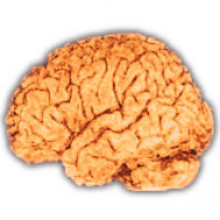
12:43 - Knocking epilepsy on the head, electrically
Knocking epilepsy on the head, electrically
Electrical brain stimulation triggered by the impending onset of a seizure could be used to prevent epileptic attacks, scientists have shown. 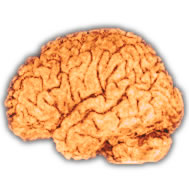
Epileptic seizures are caused by intermitten bursts of abnormal nerve activity that are initiated in one region and then reverberate around the brain; this causes a variety of symptoms ranging from momentary "absence" or petit mal attacks, when sufferers may become blank for a few seconds, to "grand mal" epilepsy with loss of consciousness, collapse, muscle contractions, incontinence and confusion. And although drug therapy can help to keep the condition under control in the majority of cases, patients frequently suffer side effects and some forms of the disease fail to respond.
Now researchers from Hungary and the US have developed a brain stimulator that can quench the abnormal patterns of nerve activity that herald a forthcoming seizure.
The device works a bit like an automatic cardiac defibrillator, registering the pattern of ongoing electrical activity and only kicking-in if an abnormal pattern of brainwaves is picked up.
When this happens, the device supplies a series of small electrical discharges, at a rate of about once per second, which put large numbers of nerve cells into a temporarily insensitive state - called the refractory period.
Nerve cells desensitised in this way are then incapable of picking up and transmitting the abnormal bursts of activity that would normally spread around the brain and impair consciousness. And because the device is active only when potential fits are happening, the risk of long-term behavioural and psychological side effects is minimised.
To develop the device, published this week in the journal Science, Rutgers scientist Gyorgi Buzsaki implanted recording electrodes into the brains of rodents with an animal form of epilepsy. These were used to trigger the stimulator that applied low-voltage electrical pulses to the animals' skulls whenever brain activity called spike wave (SW) complexes associated with seizure activity were picked up.
The result was a more than 60% reduction in the duration of the SW episodes. This approach could, the scientists suggest, be scaled up to work in humans using small, unobtrusive electrodes implanted in the skull to control large groups of nerve cells.
The same system, they also point out, could be used to aid concentration and mood, along the lines pioneered by Sydney scientist Allan Snyder...

17:23 - Early Lumberjacks, Local Dark Matter & Heart Repair
Early Lumberjacks, Local Dark Matter & Heart Repair
In this NewsFlash, we explore evidence for the earliest lumberjacks, discover the dark matter lurking in our location, and find out how a nano-scaffold can help repair a broken heart. Plus, an electrical trick to stop a seizure in its tracks...









Comments
Add a comment